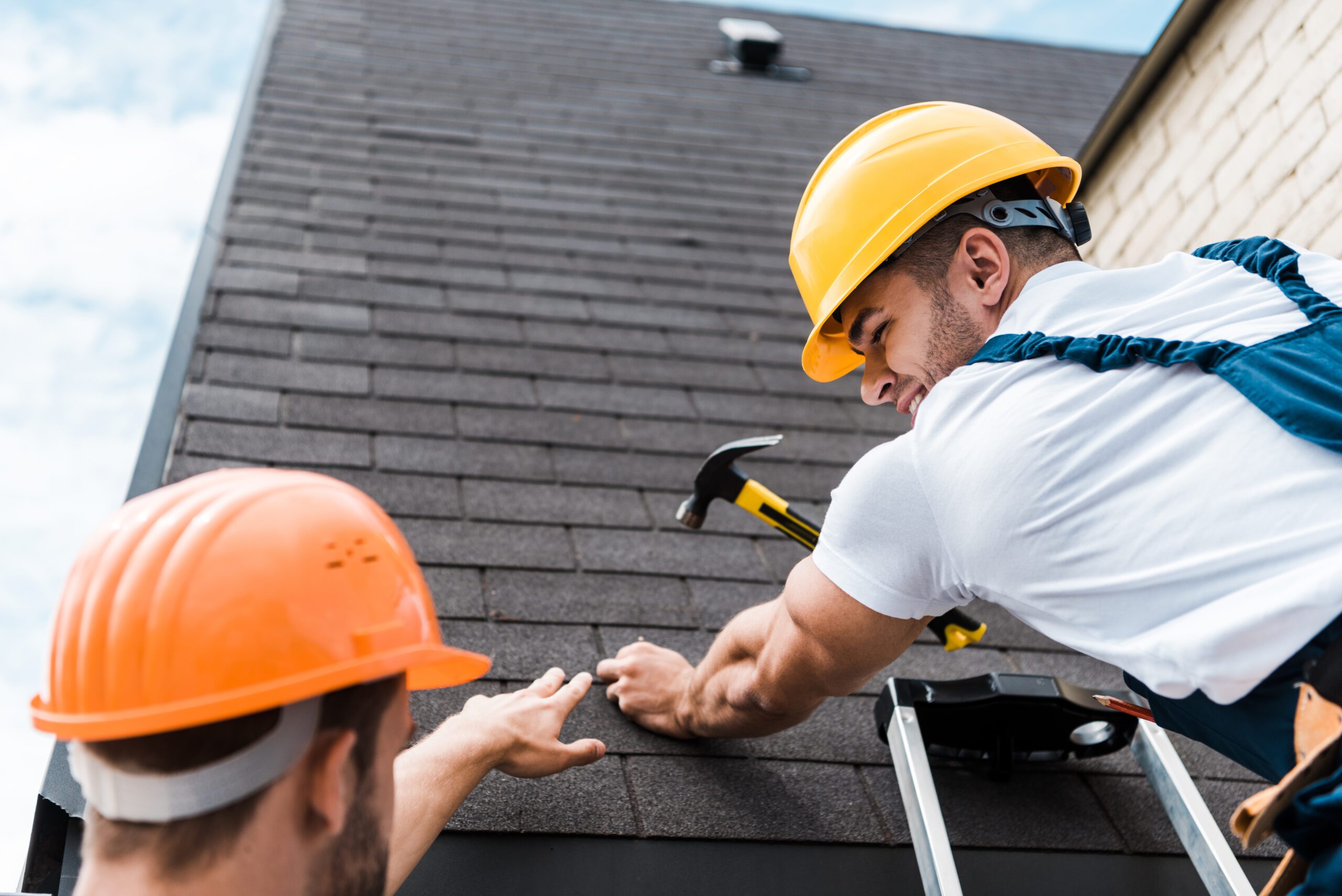The roof over your head is arguably the most crucial part of your home, shielding you from the elements and keeping you snug and dry. But it tends to take the brunt of the storm (literally!).
Neglecting roofing maintenance can lead to severe consequences, including water damage, structural issues, and costly repairs. So let’s dive into this comprehensive guide to ensure your roof remains as sturdy as an oak tree, even when the weather gods aren’t so kind.
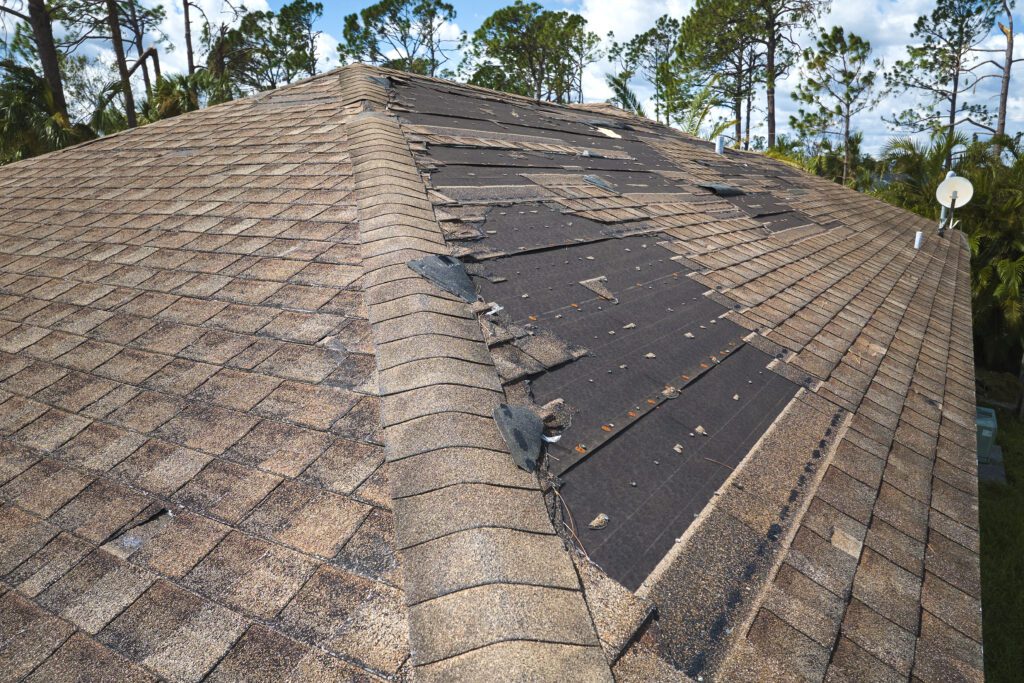
Common Roof Problems and Signs to Look Out For
Roofs, just like anything else, can show signs of distress. Leaks, missing or broken shingles, damaged flashing, and sagging are all warning signs your roof needs attention. Ignoring these issues could lead to early roof replacements and higher roof repair costs than necessary roofing maintenance would have required. Watch for these warning signs to catch minor problems before they become major issues requiring completely new roofing systems.
Roof Leaks
Leaks are perhaps the most damaging roof issues and can lead to mold and mildew inside your home. If you notice water spots on your walls, ceilings, or floors, it’s time to investigate further. You may also spot signs of wet insulation or sagging roof decks. Professional roof repair services can address these issues quickly, but if you catch the leak early, a simple roof repair solution like sealant may do the trick.
Missing or Damaged Shingles
Even a few missing or broken shingles can expose your home to outside forces like rain, wind, and heat. Look for signs of missing or cracked shingles, such as open patches on the roof, granules in the gutters, or discoloration on your walls. While a shingle roof patch kit might seem like a quick fix, it’s better to have professional roofing and repair services handle proper replacement.
Damaged Flashing
Flashing is a metal strip that seals joints and valleys between roof panels, chimneys, and skylights – all vulnerable areas that can lead to a leaking roof without regular roofing maintenance. If you spot issues like corroded, bent, cracked, or missing flashing, it’s time to call professional roofing maintenance services.
Sagging Roofs
If your roof is sagging, it could indicate structural damage or inadequate insulation. You may spot signs of sagging from inside your home on the ceiling, around windows and doors, or you may even see visible dips in the roof itself when standing outside. Roof failure due to sagging can cause serious damage, so it’s important to contact roofing maintenance companies as soon as possible.
If you recently got a new roof and spot an area needing attention, you may be in luck. If you purchased a roof warranty, call the roofing manufacturers to see if you’re eligible for repair or replacement services. Anything from a roof leak to a few missing shingles could be covered.
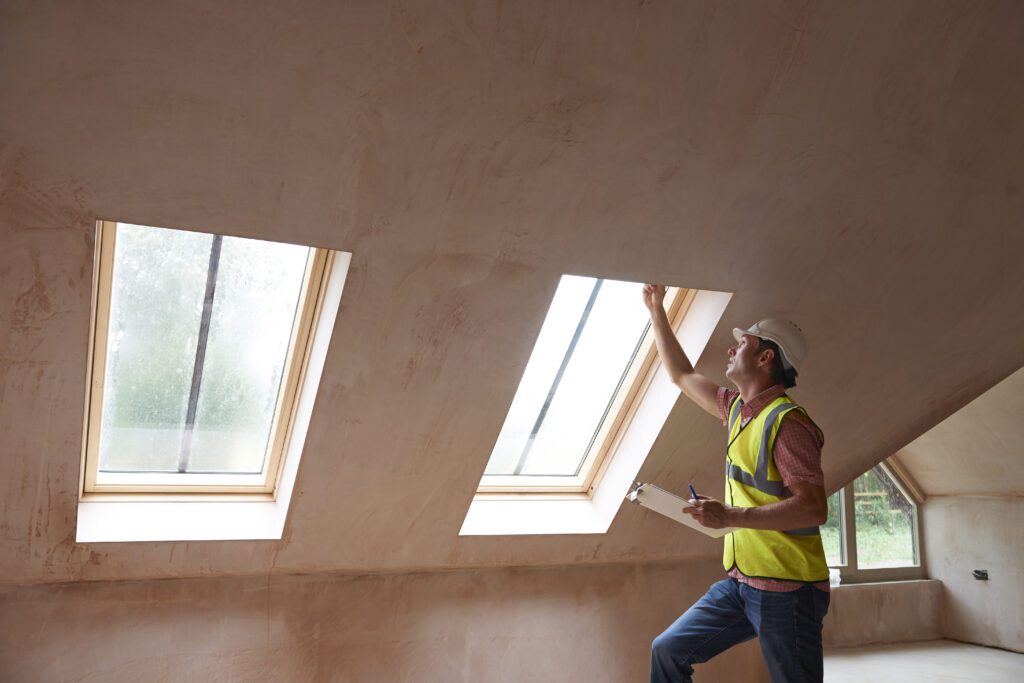
Conducting a Thorough Roof Inspection
With the high cost of roof replacements, inspecting your roof regularly is crucial to maintain its longevity and performance. However, it’s a task that requires careful planning, attention to detail, and above all, safety measures. Here are the steps you can follow to conduct a thorough roof inspection, whether you’re planning to handle minor roof repair yourself or need to document issues for roofing repairs and maintenance professionals.
- Safety First: Before we delve into the inspection steps, it’s important to emphasize that safety should always be your top priority when looking for roof damage. Always use a sturdy ladder with a partner holding it at the bottom. Wear non-slip shoes, preferably with rubber soles, for better grip. If your roof’s surface is slippery, steep, high, or has numerous broken tiles, consider hiring professional roofing maintenance services to avoid risks.
- Visual Inspection: Start with a visual inspection from the ground. Look for noticeable signs of damage, such as missing or broken shingles, sagging areas, or visible wear and tear. Binoculars can be handy for this step. Flat roofs will be harder to spot from the ground, so it’s best to climb up and take a closer look.
- Gutter Inspection: Next, inspect the gutters. They should be securely attached and free from debris like leaves and twigs. Check for rust or peeling paint, which could indicate water damage. Also, ensure the downspouts direct water away from the house’s foundation.
- Attic Inspection: The attic can tell you a lot about the condition of your roof. Look for signs of water damage, such as dark spots or streaks on the ceiling and walls. Check for proper insulation and ventilation. Any musty smell could indicate mold growth, often due to moisture problems.
- Roof Surface Inspection: Now, it’s time to inspect the roof surface. Walk on the roof carefully, paying special attention to areas around chimneys, vents, and skylights. Look for cracked, curled, or missing shingles, common signs of roof damage. For tile roofs, look for broken or cracked tiles and missing mortar. For metal roofs, look for rust spots or any other signs of wear and tear. Check the flashing (metal strips around areas like the chimney) for damage or rust. Sometimes debris removal can reveal more damage, so clean the roof and all its components during your inspection.
Remember, if you encounter any significant damage or potential issues during your roof inspection, it’s best to call professional roofing repair and maintenance services for further assessment. Regular inspections can help spot minor repairs necessary immediately. If you ignore minor roof problems, they can turn into major repairs and force you to start looking for roofing maintenance companies to install a whole new roofing system.
Roof Inspection Checklist
Here’s a handy checklist to ensure you’ve covered all the critical areas during your inspection:
- Visual Inspection: Check for visible signs of damage from the ground.
- Gutters: Ensure they are secure, clean, and free from rust or damage.
- Attic: Look for stains from water seepage, proper insulation, and ventilation.
- Roof Surface: Inspect the condition of shingles, flashing, and other roof elements.
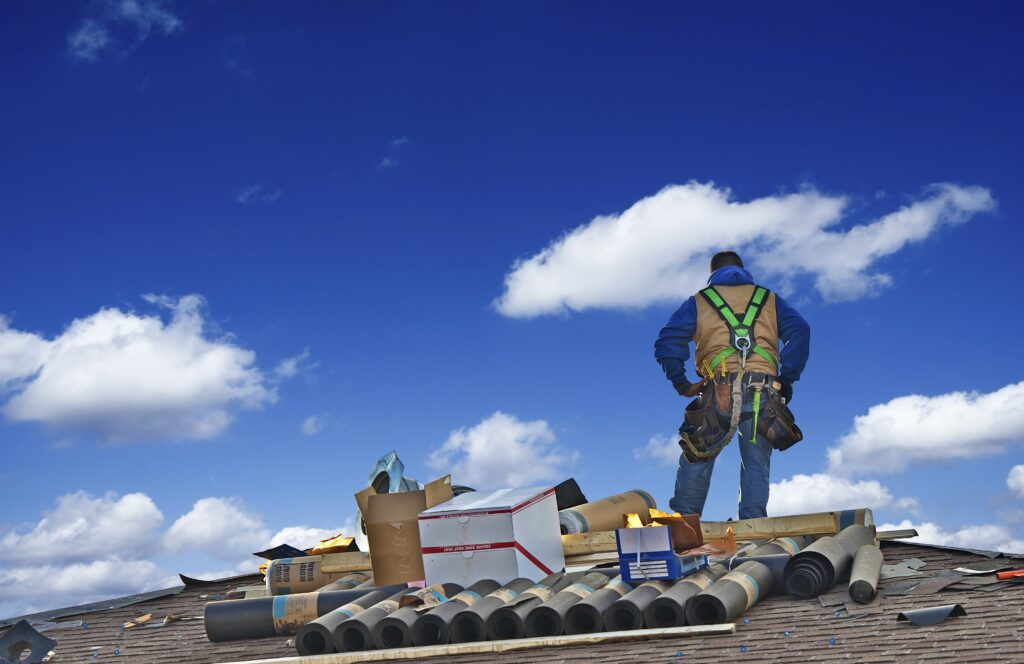
The Benefits of Hiring a Professional Roofing Contractor and How to Choose One
While DIY projects can be fun and cost-effective, it’s often best to leave the job to professionals when it comes to roof repair. Here’s why hiring a professional contractor is a wise decision for regular roofing maintenance and tips on selecting a reputable one.
Expertise
Professional roofers have been in the roofing maintenance industry for years and have worked on all different types of roofing projects. From experience with older roofs that haven’t been properly maintained to fixing issues with poor installation that can lead to water leakage and other problems over time, and every minor repair or major issue in between, they have the expertise to diagnose and fix problems quickly.
Cost-Effectiveness
Hiring roofing maintenance services can actually save you money in the long run. They can get roofing materials at lower costs due to their long-standing relationships with suppliers and have the right tools needed for the job.
Safety
Roof repair and installations can be dangerous. Professional roofing and repair specialists have the necessary safety equipment and expertise to perform the job without accidents.
Warranty
Most professional roofing maintenance companies offer warranties on both materials and labor. Knowing that your roof is protected after the job is completed provides peace of mind.
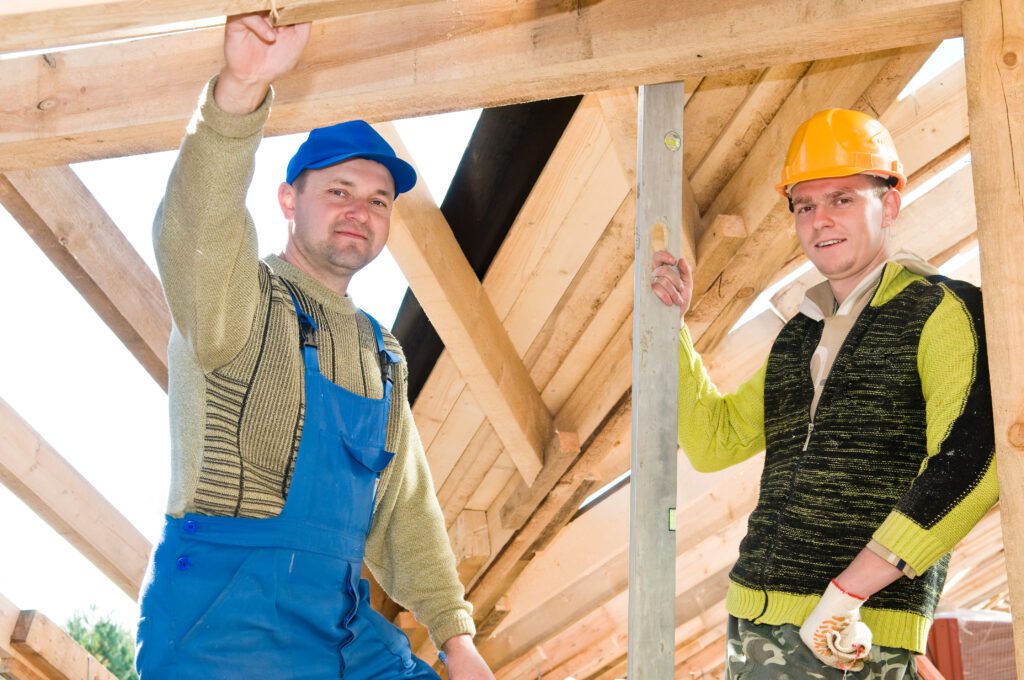
Tips on Selecting a Reliable and Experienced Contractor
When it comes to finding the right company for roofing repairs and maintenance, here are a few tips to keep in mind:
- Get Local References: Choose a local contractor with a good community reputation. Check with friends, neighbors, or online reviews.
- Ask About License and Insurance: Ensure the contractor is licensed and insured. This protects you from liability in case of an accident during the job.
- Get a Detailed Estimate: The contractor should provide a detailed estimate, including the cost of materials, labor, and any other expenses.
- Sign a Written Contract: All job details should be written in a contract. Don’t rely on verbal promises.
Checklist of Questions for Potential Contractors
- How long have you been in business?: It’s important to find out how much experience the contractor has in roofing.
- How long will the project take?: Ask for an estimated timeline to plan accordingly.
- Do you carry liability insurance and worker’s compensation?: This is important for protecting yourself from liability in case of any accidents during the job.
- Do you provide a written estimate and contract?: All job details should be written down, including the cost of materials and labor.
- What type of warranty do you offer for materials and workmanship?: Ask about warranties on materials and labor so your roof is protected after completing the job.
- What methods of payment do you accept?: Find out what forms of payment the contractor accepts and any additional fees associated with each process. Remember to confirm when payment is due!
- Do you use subcontractors for large projects?: If so, you may want to request to meet them and check their work experience and qualifications.
- Can you provide references from previous jobs?: Ask for references from recent projects to get an idea of their work and customer service.
- What is your policy on post-job clean-up?: Make sure the contractor will leave the job site clean after completion.
- What safety measures do you take when working on roofs?: Ensure they have proper safety equipment and procedures in place to protect both the worker and your home.
- Do you provide ongoing maintenance after installation?: Ask if they offer any additional roofing maintenance services, such as annual inspections or repairs.
Hiring professional roofing repair and maintenance services can ensure high-quality work while saving you time, money, and potential hazards associated with DIY repairs. By asking the right questions and doing your research, you can find reliable and experienced roofing maintenance companies for your needs.
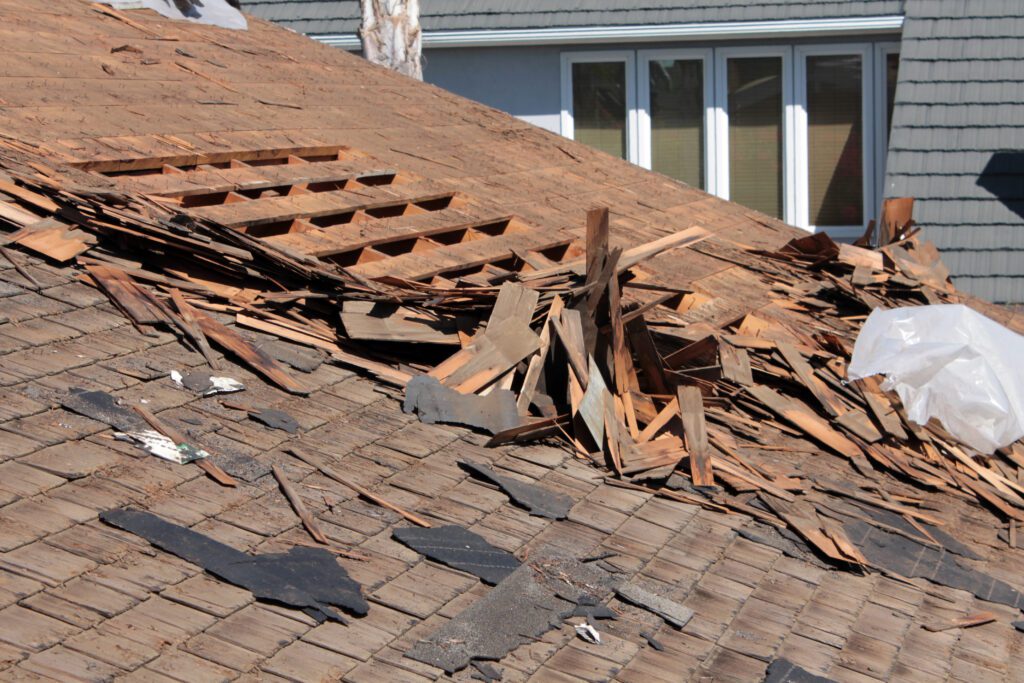
Roof Repair Techniques and Materials
Professional roof repair is an essential aspect of maintaining your home’s structural integrity. Depending on the extent of the damage, you may opt for patching, re-roofing, or a total roof replacement. Each method has its pros and cons, which should be considered carefully when working with roofing maintenance services.
Patching
Patching is the most cost-effective method and is ideal for addressing minor issues like small leaks or damaged shingles.
Pros:
- Patching is quick and affordable
- A quick patch is less disruptive as it targets only the damaged areas
Cons:
- Due to weathering or color inconsistency, your patch might not match the existing roof
- A roof patch is not a long-term solution for extensive damage
Re-roofing
Re-roofing involves placing a new layer of shingles over the existing ones. It’s an option if your roof has widespread minor damage, but the underlying structure is sound.
Pros:
- Re-roofing is cheaper than a total replacement
- Re-roofing will add a fresh look to your home
Cons:
- Re-roofing can mask deeper issues that might lead to significant problems later
- Re-roofing is not allowed in some regions due to building codes
Total Replacement
A total roof replacement is necessary when there’s extensive damage or the roof has reached the end of its lifespan.
Pros:
- A total roof replacement allows for inspection and repair of the underlying building structure
- Replacing the roof increases your home’s value and curb appeal
Cons:
- A new roof is the most expensive option
- Having a new roof installed is time-consuming and disruptive
Regardless of the repair method chosen, using high-quality materials is crucial. High-quality materials enhance durability, aesthetic appeal, and the overall performance of your roof. They may cost more upfront but offer long-term savings due to their longevity and resistance to weather elements.
Remember, while cost is a significant factor in deciding the repair method, it shouldn’t compromise the quality of work done. Always consult professional roofing maintenance services to evaluate your roof’s condition and recommend the best repair method.
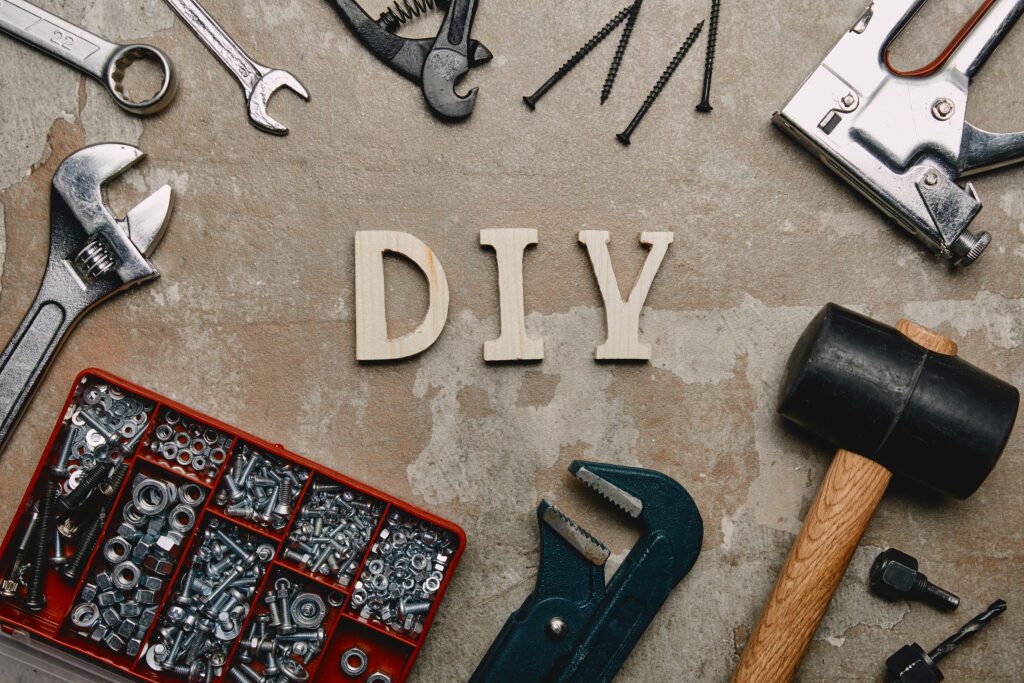
DIY Roof Repair vs. Professional Assistance
Whether to tackle a roof repair job on your own or hire professional roofing repair and maintenance services is a decision that homeowners often grapple with. Both options have pros and cons, which can help you make an informed choice.
DIY Roof Repair
For basic DIY jobs such as patching, you may be able to use a few simple tools and materials from the local hardware store. However, it’s important to remember that even small repairs require specific skill sets and knowledge of safety protocols since working on top of roofs can be dangerous.
Pros:
- The most significant advantage of DIY roof repair is the potential cost savings. You can save on labor costs, which comprise a substantial portion of roofing repair expenses.
- When you handle repairs, you can choose when to work on the project, allowing for greater flexibility.
Cons:
- Without professional training, your repair work may not be as high-quality or durable as professional roofing maintenance services.
- Roofing work involves climbing ladders and working at heights, posing potential safety risks.
Small repairs like replacing missing shingles, cleaning gutters, or applying sealant to minor leaks can generally be handled by homeowners. However, it’s crucial to follow safety guidelines:
- Always use a sturdy ladder and have someone spot you while you climb
- Wear proper safety gear, including non-slip shoes and gloves
- Never work on the roof in adverse weather conditions
Professional Roof Installation
Hiring professional roofing and repair services is the best option for major repairs and replacements. Professional roofers are highly experienced and have access to specialized tools, materials, and safety protocols that ensure a high-quality job.
Pros:
- Professional roofers have the skills and experience to handle all types of repairs. They can identify problems that you might miss and suggest the best solutions.
- Professionals can complete the work more quickly and efficiently due to their expertise and equipment.
Cons:
- Hiring roofing maintenance services can be more expensive than doing it yourself, primarily due to the cost of labor.
- Finding reliable and experienced roofing maintenance companies within your budget may be challenging.
When hiring a roofer, it’s essential to research their credentials and experience thoroughly. Ask for references from past customers and check online reviews. You should also ask the company about its safety protocols, materials used, warranties offered, and estimated completion time.

Should You Hire a Reputable Roofer for the Job?
While DIY roof repair can save money, it’s essential to consider the nature and extent of the damage, your skills, and the time you can devote to roofing maintenance.
DIY repair may be the way to keep your roof repair costs low for minor issues and preventative maintenance. When calculating costs for a DIY job, check the current price of roofing materials and the cost of renting tools.
However, suppose you’re dealing with more complex damage or need significant repairs quickly. In that case, it’s best to hire professional roofing repair and maintenance services. These include replacing large sections of the roof, repairing structural damage, or installing a new roofing system. Professional roofing maintenance companies have the skills and experience to handle all types of repair jobs quickly and safely, ensuring high-quality results that last for years.
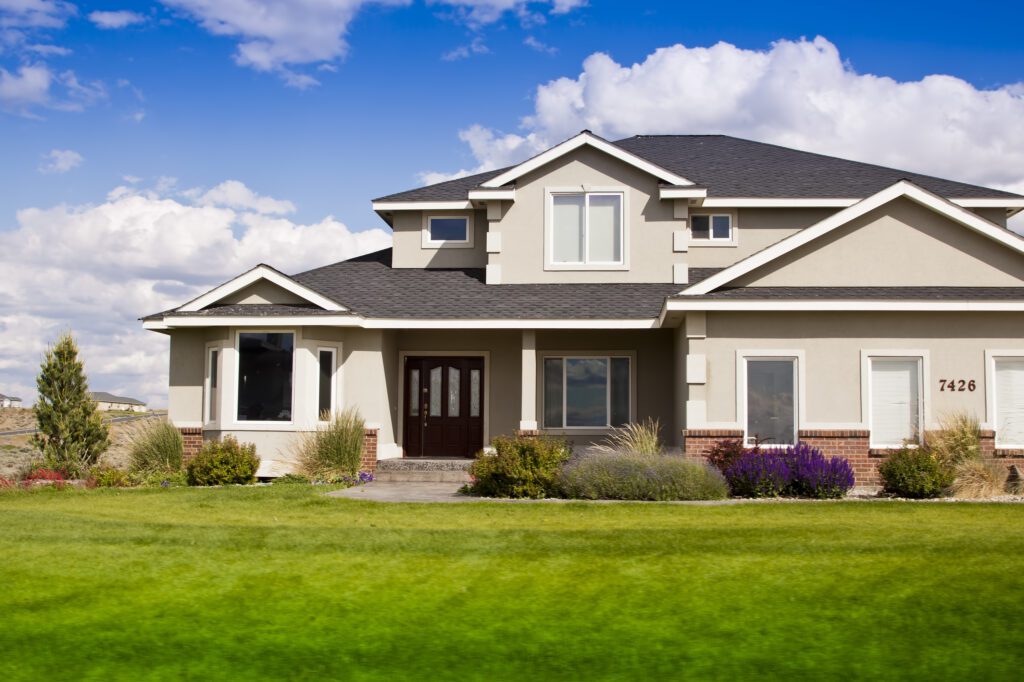
Maintaining a Healthy Roof
Maintaining a healthy roof is as essential as any other home maintenance task. Regular roofing maintenance not only enhances your home’s curb appeal but also extends the lifespan of your roof, saves you money on unnecessary repairs, and prevents potential damage that can compromise the safety of your home.
Here are some key maintenance tasks to perform throughout the year:
Clean Your Gutters
Clean your gutters at least twice a year, preferably in spring and fall. Blocked gutters can cause water to overflow and damage your roof, siding, and foundation.
Remove Debris
Remove leaves, branches, and other debris from your roof regularly. Accumulated debris can trap moisture, leading to mold growth and roof decay.
Inspect Roof Shingles
Check for shingles that have damage or are missing altogether and replace them promptly. As shingles age, they become brittle and tear off easily. This exposes your roof to the elements, increasing its vulnerability to water damage and other weather-related issues. Damaged shingles can allow water to seep into your home, causing leaks and structural damage. Fixing curled corners or buckling shingles can help extend your roof’s longevity and avoid unnecessary roof replacements.
Check for Leaks
Regularly inspect your attic or other areas of your home for signs of water leaks, such as peeling paint or stained ceiling tiles. If you notice any of these signs, check for roof leaks and arrange for roof repair services as soon as possible to avoid further damage.
Trim Overhanging Branches
Proper maintenance of any tree branches that hang over your roof is vital to prevent them from falling onto your roof during storms and causing damage.
Check the Flashing
Inspect the flashing around chimneys, vents, and skylights to ensure it’s in good condition. Damaged flashing can lead to leaks and may require professional roofing repairs and maintenance.
Do an Attic Inspection
Regularly inspect your attic for signs of leaks, such as water stains, mold, or a musty smell.
By proactively caring for your roof with regular roofing maintenance, you can extend its lifespan significantly. Consider scheduling professional roof inspections annually for a thorough assessment. Roofing maintenance services can spot potential issues that may not be visible to the untrained eye and suggest appropriate measures to prevent further damage.
Remember, maintaining a healthy roof protects your home and contributes to its value. It’s an investment worth making for the long-term benefits it provides.

Budgeting for Roof Repairs
Budgeting for roof repair is an essential part of home maintenance planning. Understanding the cost considerations associated with roof repairs can help homeowners prepare financially and avoid unexpected expenses.
Several factors influence the overall cost of roof repair:
- Roof Size: The size of your roof directly affects the cost of repairs. Larger roofs require more roofing material and labor, leading to higher costs overall.
- Roofing Materials: The roofing material used significantly impacts the repair cost. Asphalt shingles are generally less expensive than wood shingles, tile, or metal roofs. Slate roofs are one of the most expensive roofing materials.
- Labor: Labor costs can vary depending on the job’s complexity, the contractor’s experience, and your location.
- The Extent of Damage: Minor repairs, like replacing a few shingles, will cost less than extensive repairs involving structural damage.
Tips for Budgeting for Preventative Roofing Maintenance or a New Roof System
Here are some budgeting tips to help you plan and save for future roof repairs:
- Regular Maintenance: Regular roofing maintenance can prevent minor issues from becoming major repairs. Maintaining your roof with professional roofing maintenance services is cheaper than paying for significant repairs or replacement.
- Set Aside Money: Start a home maintenance fund and contribute to it regularly. Having a dedicated fund can help cover unexpected repair costs.
- Get Multiple Quotes: If you need professional roof repair services, get quotes from multiple roofing maintenance companies. It allows you to compare prices and choose the most cost-effective option.
- Plan Ahead: If you know that your roof is nearing the end of its lifespan, start budgeting for a replacement. Planning ahead can spread the cost over time, making it more manageable.
- Buy the Warranty: Commercial roof warranties ensure your new roofing system is covered in the event of any unexpected issues. It’s an excellent way to protect your investment and keep roof repair costs low.
- Invest in a Roof Maintenance Program: When it’s finally time to invest in a new roofing system, investing in roofing maintenance services can help you save money in the long run. A good maintenance program covers all your roofing needs, from repairs to replacement, and includes periodic inspections and maintenance services.
While roof repair can be costly, proper budgeting and regular roofing maintenance can help manage these expenses effectively. Always remember, investing in your roof is investing in the protection and value of your home.
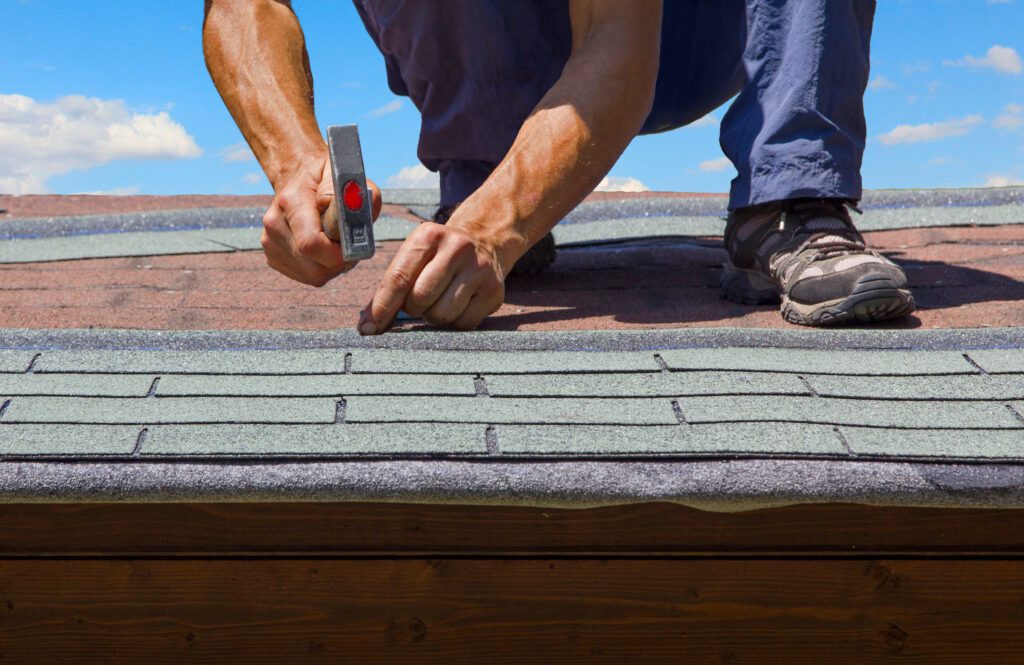
Addressing Roof Problems Promptly Can Save You From the Headache of Further Damage and Costly Repairs
Addressing roof problems promptly is an essential part of home maintenance. Ignoring minor issues can lead to significant damage and costly repairs later on. Regular inspections and proactive care with professional roofing maintenance services are crucial to maintaining a healthy, safe, and durable roof.
Remember that while some simple tasks can be handled on your own, there’s no substitute for professional expertise when it comes to more complex repairs or replacements. Don’t hesitate to seek professional roofing and repair services; considering the long-term benefits, the cost is often worthwhile.
Taking action today to maintain your roof with proper roofing maintenance not only ensures the safety and comfort of your home but also contributes to its overall value. Your roof is more than just a shelter—it’s an integral part of your home’s structure that deserves your attention and care. So whether it’s timely roof repair services, regular roofing maintenance, or budgeting for future roofing needs, every step you take contributes to maintaining a roof that will stand strong for years to come.
For Michigan residents, when your roof needs work, don’t hesitate to call Leach Construction. Our team of skilled professionals is ready to address all your roofing needs, ensuring you can enjoy the peace of mind that comes with a well-maintained roof. Invest in your roof today for a safer, more secure tomorrow.

